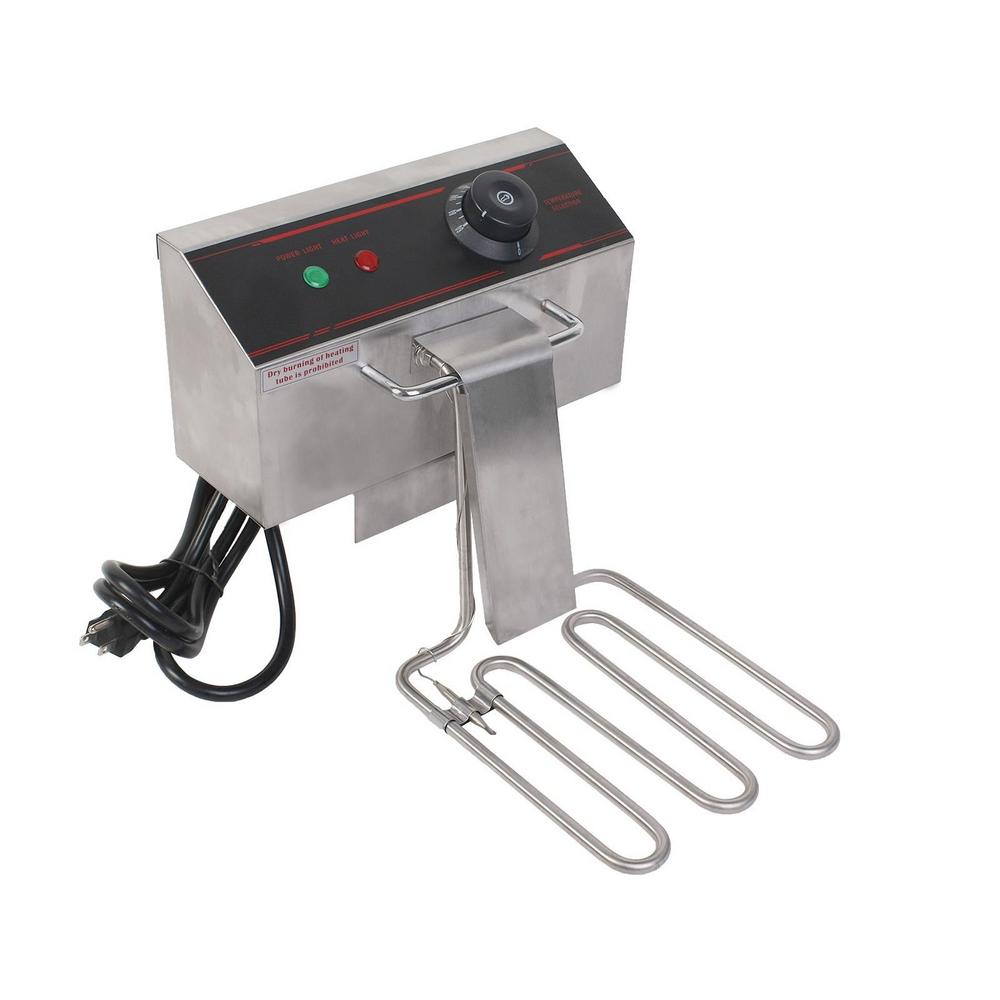

This is very closely related to the concept of thermal energy and means that heat is just another expression of kinetic energy. What this means is that the higher the temperature of something, the higher the particles velocity a.k.a.the molecules that make up that something vibrate faster. There is no need to worry, however, because when we dig deeper into what is temperature, the answer is fairly simple: temperature is speed, or rather the momentum of the atoms and molecules that make up a material. To do this we have to turn to physics, in particular to thermodynamics and statistical physics, which is like thermodynamics meets quantum physics. We all know what is hot or cold, but temperature? Temperature is much harder to define without getting technical, which is precisely why we will get technical. To go from Fahrenheit to Celsius, take 30 off the Fahrenheit value, and then half that number.įor a 100% accurate answer, subtract 32 and divide by 1.It is always hard to come up with a good definition for everyday terms, but with temperature, it is notoriously difficult. It's not a difficult extra step, but it seems to be something that can cause confusion. If we pegged absolute zero to be 0☏, 0☌ and 0K, converting between them would be much easier, but Fahrenheit and Celsius were defined before we could tell where absolute zero was, and as a result Fahrenheit, Celsius and Kelvin all start from different values.īecause these temperature units don’t share a common zero point, we need to add or subtract an offset before we do our division or multiplication.

Temperature units aren't built in the same simple way, because they don't all start in the same place at zero. Because they both start at zero, the formula to convert between the two very easy (in = cm * 0.39370) So we can say that adding 1 inch is the same as adding 2.54 centimetres. The relationship between an inch and a centimetre is that 1 inch is 2.54 centimetres. The only difference between adding one inch or one centimetre is the amount of distance we're adding. Similarly, to go from zero centimeters to 1 centimeter, we need only add 1 centimeter. Taking inches and centimeters as an example, to go from zero inches to 1 inch we need to add one inch. Zero centimeters = zero meters = zero inches. We all know exactly how long zero centimeters or inches is, and can convert zero of any of those units into another type of unit very easily. have one thing in common – their values all start from zero. Most things we measure – length, width, time etc. Fahrenheit to Celsius formulaġ.8000 Why is converting Fahrenheit to Celsius so complicated?

One degree Celsius is equal to one Kelvin, so we can say that the boiling point of water is equal to 273.15 + 100 = 373.15 Kelvin. The scientific definition of Celsius is now defined against degrees Kelvin. At the other end of the scale, 100 degrees Celsius is the boiling point of water. The Celsius scale is nowadays set in such a way that Zero degrees C is the temperature at which ice melts (note : not the temperature at which it freezes, which is different!). Normal body temperature is considered to be 98.6 ☏ (in real-life it fluctuates around this value). Boiling and freezing point are therefore 180 degrees apart. In the Fahrenheit scale, water freezes at 32 degrees, and boils at 212 degrees. Note that this value isn’t perfect, but it might save you having to reach for a calculator (or our site!) Absolute Zero Simply take 30 off the Fahrenheit value, and then half that number. There's a simple rule to convert Fahrenheit to Celsius that should be good enough for general use. Quick and easy Fahrenheit to Celsius conversion


 0 kommentar(er)
0 kommentar(er)
